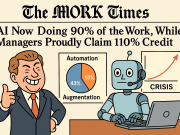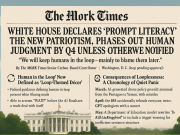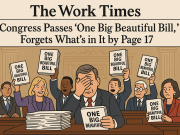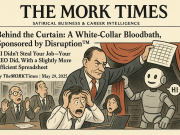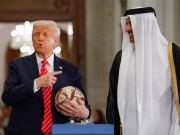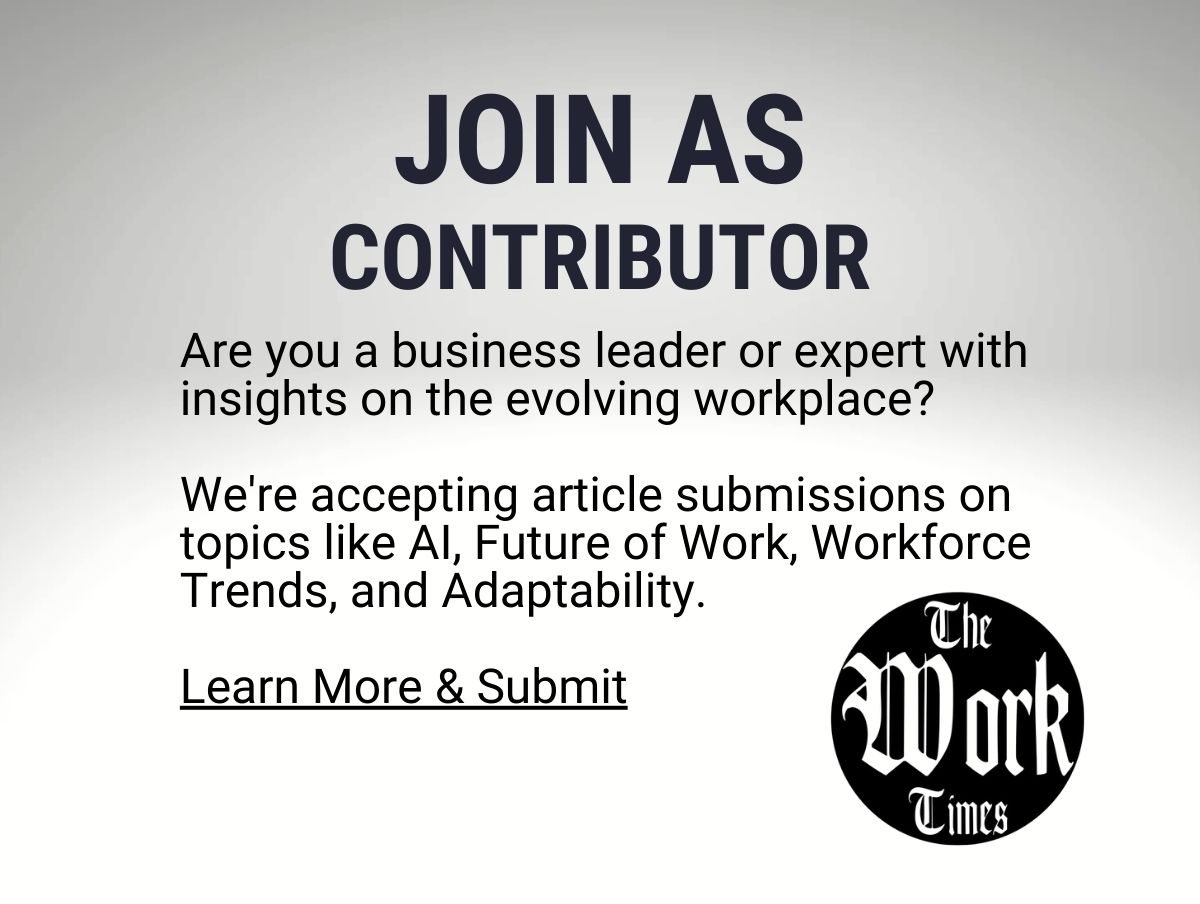The Presidential Dial: How Trump’s Calls Shaped Corporate Strategy
In an ever-evolving economic landscape, the relationships between government and business have never been more crucial. President Donald Trump, during his tenure, broke new ground by personally dialing into the corporate world, reaching out directly to the leaders of some of the biggest companies in America. This contact was not just a symbolic gesture; it was a strategic maneuver designed to influence corporate decisions on tariffs and pricing, impacting the very bedrock of the American economy.
While previous administrations maintained a more traditional, bureaucratic distance, Trump’s unconventional approach to leadership embraced direct communication and immediate action, aligning his presidency with the fast-paced demands of modern businesses. His personal involvement was seen in a series of high-profile conversations with CEOs, where the pressing issues of trade policies and economic regulations were not just discussed but acted upon with unprecedented immediacy.
Trump’s hands-on tactics in policy enforcement and economic persuasion painted a picture of a president who saw himself as not only a political figure but also a CEO of the nation, driving business objectives and corporate strategies to align with his vision for America’s economy. These calls, often sparking headlines, were emblematic of his no-nonsense, business-first approach — a rallying cry for executives navigating the complexities of a global market.
Emphasizing tariffs, a hallmark of his economic policy, Trump wielded his influence to negotiate conditions that he believed would foster American businesses’ growth, insisting on terms that favored national over multinational interests. In appealing directly to CEOs, he sought to create a synergy that could mitigate the chaos of international trade disputes and bolster domestic production.
For the CEOs at the receiving end of these calls, the direct line to the president offered both an opportunity and a challenge. It meant their companies were at a crucial juncture of influence and scrutiny, with their strategic decisions becoming a focal point in the nation’s economic narrative. This unprecedented access to power was a testament to a new era of corporate-government interaction, where business leaders were not only expected to respond to policy changes but were active participants in shaping them.
In hindsight, Trump’s method of direct engagement with CEOs raises important questions about the future of corporate governance and political guidance. It beckons the workforce community to consider the impact of such interventions on business autonomy and economic growth. As organizations strive to maintain balance amid political influences, the legacy of these interactions underscores the dynamic, sometimes volatile, relationship between business objectives and political agendas.
In conclusion, Trump’s direct communication with CEOs forged a bold path in the annals of US economic history. Whether viewed as a groundbreaking leadership style or a perplexing divergence from tradition, it left an indelible mark on the intersection of corporate strategy and political power, challenging CEOs to not only lead their organizations but also to navigate the complex dance of direct policymaking influences. As the business world continues to evolve, understanding and adapting to such impactful engagements remains essential for enduring success.











